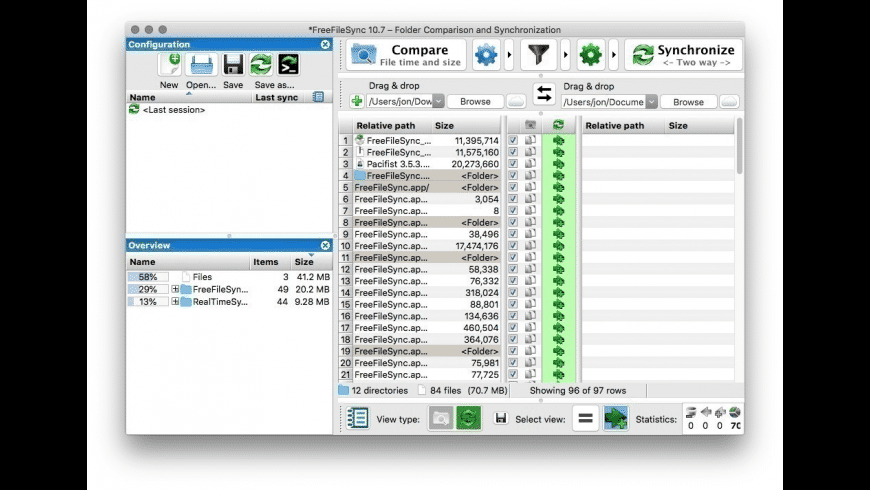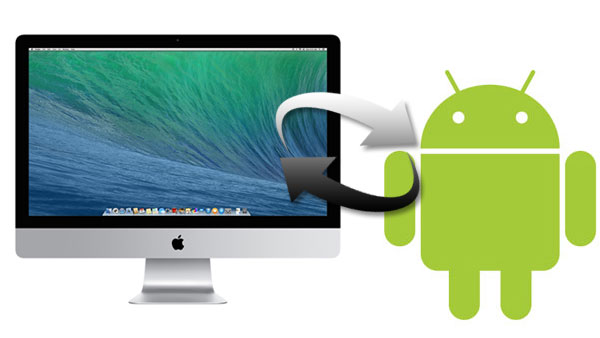

- FILE SYNC MAC OS X MANUAL
- FILE SYNC MAC OS X WINDOWS
I've been using v1.6.4 for quite some time and didn't realize it hadn't been updated in nearly THREE YEARS. says "Unfortunately, the issue hasn’t been fixed. However, they don't give a damn about keeping it updated and have a history of failing to fix bugs - see my previous post below and also the post from polocanada on in which the dev. Double-click an item and it will be selected in the Finder.ĭeveloper has not "dropped off the face of the earth," the website still works and they still respond to emails, so let's lose the drama. Hierarchical views show you exactly where an item is in any list.Error reporting gives you a description of an error so you can fix it.Can generate a log each time a synchronization is performed.Any volume you can access in the Finder can be used.Store login information for remote volumes so that they can be automatically mounted the next time they are needed.
FILE SYNC MAC OS X WINDOWS
Remote volumes shared by another Mac on your network or by a Windows computer.Multiple sources for the synchronization: See the status of the last synchronization session and when it was last synchronized.Ignore warnings when both copies of the same file have been modified since the last synchronization.Decide what happens with orphaned files and recently modified files.Choose the synchronization direction of that pair.Delete items you don't want to be synchronized.Remove some items from the list from being synchronized.
 Decide which item is going to replace the other. Check what is going to happen if the synchronization is performed. See how many items are going to be copied and deleted and what the sizes of those items to copy and delete are. You can choose to backup the folder on the left or on the right. If you want to have an exact backup of a folder, that's the synchronization mode to use. Unidirectional: changes that occur in one of the folder you synchronize are duplicated in the other folder.
Decide which item is going to replace the other. Check what is going to happen if the synchronization is performed. See how many items are going to be copied and deleted and what the sizes of those items to copy and delete are. You can choose to backup the folder on the left or on the right. If you want to have an exact backup of a folder, that's the synchronization mode to use. Unidirectional: changes that occur in one of the folder you synchronize are duplicated in the other folder. 
Best when changes can occur in each folder that you synchronize. Bidirectional: changes in both folders that are synchronized are duplicated in both folders.Ideal if you synchronize a folder that is on a remote volume that might not always be available.
FILE SYNC MAC OS X MANUAL
Manual mode: whenever you want to perform the synchronization, you select the pair in the list and click Synchronize. Good when you're constantly making changes and don't want the folders to be continuously synchronized. Repeat mode: the synchronization is performed at a regular interval that you set in the preferences. You set it once and then forget about it. Automatic mode: whenever the content of one of the folder you synchronize changes, the synchronization is performed so you can be sure that the 2 folders are always synchronized. The interface is easy to use and the application is quick to do any synchronization that you might need.ģ different synchronization modes to use depending on what you want to achieve: It has been designed to be easy to use: choose 2 folders to synchronize then click the Synchronize button and you're done! However, there are multiple options when your needs get a little more complicated. It was based originally on the File Synchronization tool provided by Apple with the old Mac OS, but has a few improvements and features to help get the job done quickly and efficiently.įile Synchronization synchronizes multiple pairs of folders or files. It has been designed to be easy to use and quick to do the job. File Synchronization is a utility that has the ability to synchronize multiple pairs of folders or files.







 0 kommentar(er)
0 kommentar(er)
